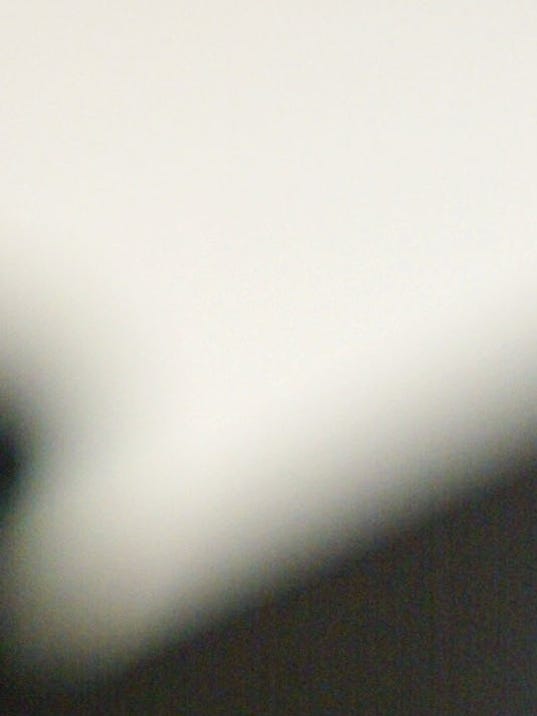

Pupils can abnormally dilate due to conditions like glaucoma or damage to the retina in the back of the eye. Here are some of the causes of anisocoria in cats:ĭiseases inside and outside the eye can lead to anisocoria in cats. It is difficult to provide an exhaustive list of all the causes of mismatched pupil sizes in cats because there are so many. Therefore, if you notice your cat’s pupils are different sizes, even occasionally, a veterinary exam is important to uncover the cause. While dogs and people can develop “idiopathic” anisocoria, in which the pupils are occasionally different sizes for no reason at all, this is much rarer in cats. Can Anisocoria in Cats Be Fatal?Īlthough anisocoria itself is not fatal, nor even painful in most cases, the underlying cause is the more important issue. The abnormal eye may have either the smaller or bigger pupil, depending on the cause. When a cat’s pupils do not dilate or constrict appropriately, it can indicate a problem in one or both eyes.

A cat’s pupils do this by getting wider or narrower in response to changes in the brightness of their environment. The function of pupils is to control the amount of light entering the eye. What Is Anisocoria in Cats?Īnisocoria in cats is defined as a significant difference in the pupil size of each eye. Go to the emergency vet if you notice that one of your cat’s pupils is wider than the other.


 0 kommentar(er)
0 kommentar(er)
